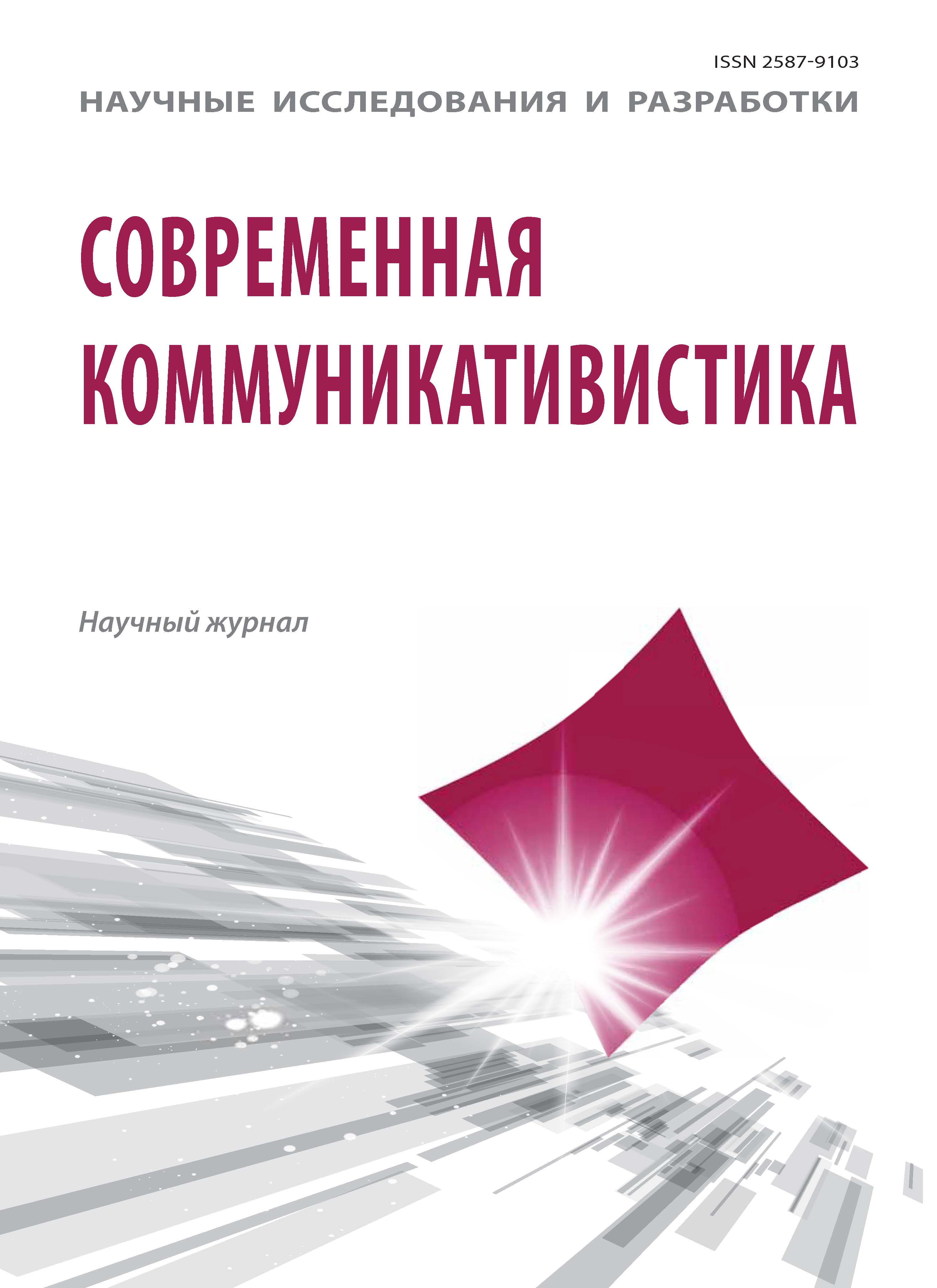The present article is devoted to informational and communicational (ICT) facilities having not only functionalities but also linguodidactical capabilities. The relation between ICT facilities and education informatization facilities has been depicted. Taking into account the specific features of multimedia, hypertext, hypermedia and virtual reality realization in modern foreign language (MFL) teaching we have revealed the functions of didactical capabilities in MFL teaching. Eleven linguodidactical capabilities of education informatization facilities have been defined. The deep theoretical analysis of linguodidactical capabilities considered regardless of the linguistic informational resource possessing them have been done. The characteristics of every linguodidactical capability of education informatization facilities within the continuous ICT progress have been given. The prospects for further investigations in the field of creating and using of linguodidactically effective education informatization facilities have been listed.
ICT, education informatization facilities, functional and didactical capabilities of ICT, MFLteaching, linguodidactical capabilities of education informatization facilities.
В обществе этапа информатизации, как уже отмечалось нами ранее [6], информационное взаимодействие участников речевой коммуникации следует рассматривать в контексте взаимовлияния языка и средств информационных и коммуникационных технологий (ИКТ).
1. Goykhman O.V. Kommunikativistika v sovremennom obshchestve [Communicative in modern society]. Sovremennaya kommu-nikativistika [Modern communication study]. 2012, I. 1, pp. 4-8. DOI:https://doi.org/10.12737/68.
2. Grigor’ev S.G. Informatizatsiya obrazovaniya. Fundamental’nye osnovy [Informatization of education. Fundamentals]. Moscow, 2005.
3. Esenina N.E. Kompleksnaya realizatsiya lingvodidakticheskikh vozmozhnostey sredstv informatsionnykh i kommunikatsionnykh tekhnologiy v obuchenii professional’no-orientirovannomu in¬ostrannomu yazyku [Comprehensive implementation lingvodi¬dakticheskih opportunities of information and communication technologies in teaching professionally-oriented foreign language]. Nauchnyy dialog [Science dialogue]. 2013, I. 8, pp. 75-86.
4. Esenina N.E. Lingvodidakticheskie vozmozhnosti tsifrovykh yazykovykh laboratoriy [Lingvodidaktichesky possibilities of digital language laboratory]. Informatika i obrazovanie [Informatics and Education]. 2013, I. 7, pp. 53-57.
5. Esenina N.E. Mobil’nye ustroystva v obuchenii inostrannomu yazyku: funktsional’nye i lingvodidakticheskie vozmozhnosti [Mobile devices in teaching a foreign language: the functional¬ity and capabilities linguodidactic]. Uchenye zapiski Instituta sotsial’nykh i gumanitarnykh znaniy: Materialy V mezhdun¬arodnoy nauchno-prakticheskoy konferentsii «Elektronnaya Kazan’ 2013» (IKT v obrazovanii: tekhnologicheskie, metod¬icheskie i organizatsionnye aspekty ikh ispol’zovaniya) [Scientists notes the Institute for Social and Human Knowledge: Proceedings of the V International Scientific and Practical Conference “Electronic Kazan 2013” (ICT in education: technological, methodological and organizational aspects of their use)]. Kazan’, Yuniversum Publ., 2013, V. 1, pp. 285-291.
6. Esenina N.E. Rechevaya kommunikatsiya, informatsionnoe vzaimodeystvie v kontekste informatizatsii obshchestva i ob¬razovaniya [Voice communication, communication in the con¬text of the information society and education]. Sovremennaya kommunikativistika [Modern communication study]. 2013, V. 2, I. 2, pp. 24-30. DOI:https://doi.org/10.12737/367.
7. Zubov A.V. Informatsionnye tekhnologii v lingvistike [Information Technology in linguistics]. Moscow, Akademiya Publ.,2004, pp. 166-174.
8. Kostikova L.P. Formirovanie kommunikativnykh tsennostey studentov vuza sredstvami inostrannogo yazyka [Formation of communicative values of students of high school foreign lan¬guage means]. Sovremennaya kommunikativistika [Modern communication study]. 2013, V. 2, I, 4, pp. 19-24. DOI:https://doi.org/10.12737/813.
9. Robert I.V. Informatsionnye i kommunikatsionnyy tekhnologii v obrazovanii [Information and communication technologies in education]. Moscow, 2006.
10. Chi J.W. Integrating CALL into an ESL Reading & Writing Class [Elektronnyy resurs]. Available at: http://www.coe.missouri. edu/~cjw/call/intern.htm (accessed 12 October 2006).
11. Krieger D. Corpus Linguistics: What It Is and How It Can Be Applied to Teaching // The Internet TESL Journal. Vol. IX. No. 3, March, 2003 [Elektronnyy resurs]. Available at: http:// iteslj.org (accessed 05 July 2004).
12. Yesenina N.Ye. Automated translation systems used for foreign language learning / «Science and Education»: materials of the III international research and practice conference, Vol. II, Munich, April 25-26th, 2013 / publishing office Vela Verlag Waldkraiburg - Munich - Germany, 2013, pp. 218-223.







